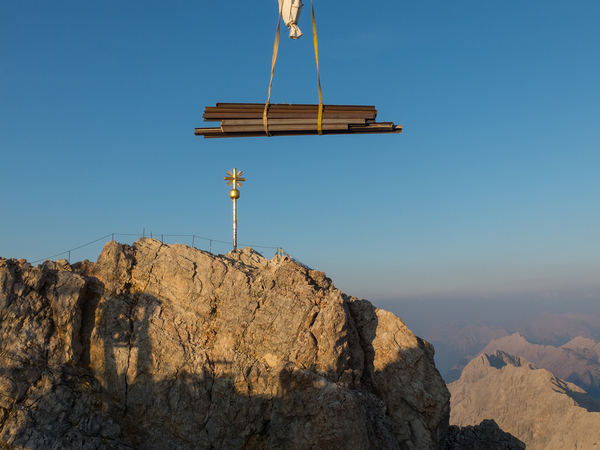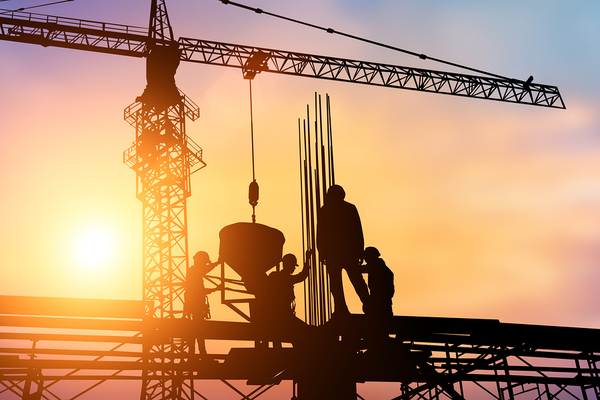On this blog, you’ve read about two different categories of hazards posed by overhead cranes. You’ve learned about the potential problems that electrical lines and power sources can cause as well as the risks of overloading a crane lift. But there’s a third class of overhead crane danger which should concern everyone who owns a Massachusetts hoisting license: falling materials.
How Do Falling Materials Accidents Occur?
The Occupational Safety and Health Administration (OSHA) says that about four out of every five overhead crane accidents can be attributed to human error. Some of them lead to the deaths of people who were struck or crushed by falling objects that were supposed to be secured on the crane’s lift.
Some of the most frequently reported causes of falling materials accidents include:
- Visual impairment, where the operator cannot see the lift load at all times
- Two-blocking, when a hook block, overhaul ball, or similar component contacts the boom tip, which increases hoist rope tension
- Mechanical failure, when one or more components of the lift and/or crane fail while a load is being hoisted
- Operator incompetency, when a crane’s operator is unfamiliar with the type of crane being operated or the proper hoisting protocols

Materials falling hazards are a significant danger associated with overhead cranes.
Unsecured Loads and Subpar Maintenance
One of the most common types of incidents where falling materials occur involves the improper securing of the load. When the load, sling, or other attachments are not correctly secured, the load can tip or swing, thereby causing materials to slide off and plunge to the ground below.
It’s also essential that regular crane maintenance is performed to minimize the risk of falling materials accidents. In fact, OSHA requires daily crane inspections before operators can begin their work. Load test maintenance and periodic inspection of integral and load-bearing parts are also important aspects of preventing mechanical failure.
Remove the Possibility of Human Error
Of course, the crane operators themselves must be adequately trained and appropriately qualified on the piece of equipment that they are controlling. This is especially true with regard to the crane’s movements; if they are too fast, sudden, or jerky, the load could dislodge and spill onto the ground. Also, crane operators must devote all of their focus to the job at hand and eliminate all other distractions.
Finally, other construction workers should be aware of ongoing overhead crane operations. This means heeding “Hoist Danger” warning signs and physical barriers when moving around the site and also refraining from walking underneath a suspended load. And of course, these workers should always wear the mandated personal protection equipment to safeguard their head, feet, eyes, and hands.

Mass hoisting license classes can improve safety around cranes.
Should the need arise to halt hoisting operations before they are completed, certain safety measures must be observed. The crane operator should never leave his post while a load is suspended above the ground. Similarly, all lockout/tagout procedures should be followed to ensure that a crane is not restarted or moved until the proper repairs are made, or precautions are taken.
In addition to the potential for injury or death, falling materials accidents can cause quite a bit of damage to materials, other equipment, or the site itself; and they tend to lead to substantial delays in construction schedules. The best way to prevent this type of overhead crane accident is to “stop it before it starts” by observing all relevant safety regulations, embracing best practices for crane operation, and using a healthy dose of common sense.
Need to brush up on your crane operation knowledge? Take our Hoisting License classes for free.
